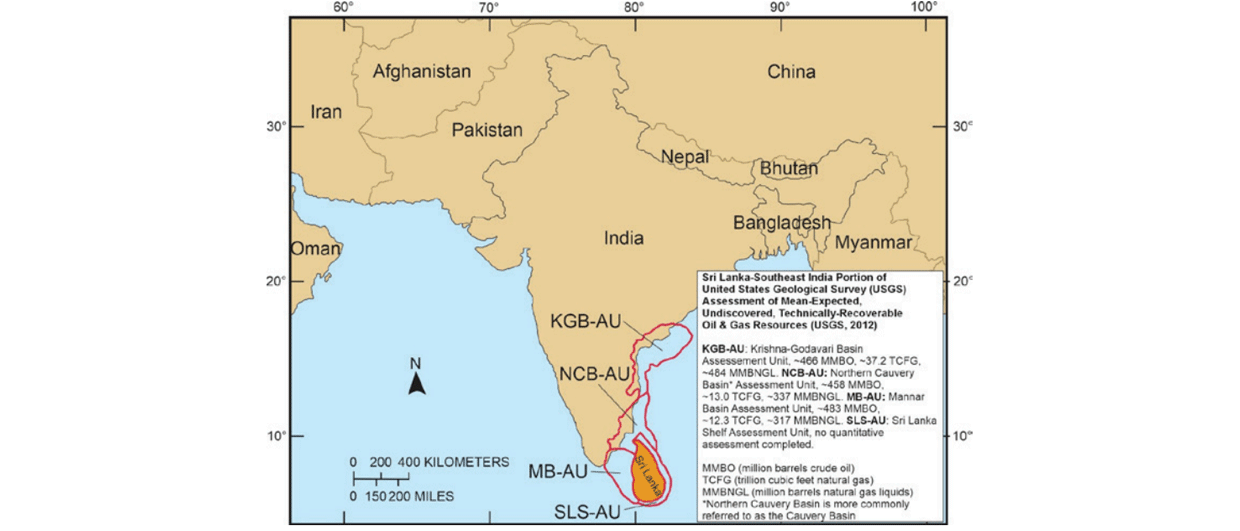Usually, the ‘Hotspot’ page in GEO ExPro is devoted to a localized area like the Keathley Canyon, Gulf of Mexico, or the Santos Basin, Brazil, highlighting huge discoveries in extremely challenging conditions and the opening up of new frontier areas. This new frontier resource could also soon echo around the globe – and is being found primarily in fully explored and exploited onshore sedimentary basins, many of which have long passed their peak oil production.
Oil production from shale and tight source rocks is already making an impact in the US with the Bakken Formation leading the way. With substantial increases in shale oil development, there are even predictions that the US could become the world’s top oil producer within the next five years.
The shale oil boom got its start in the Williston Basin (see GEO ExPro Vol. 9, No. 1). North Dakota’s Bakken Formation production has increased from 1,500 bopd in 2004 to an impressive 440,000 bopd in 2011 and is expected to be over 700,000 in a few years. While the Bakken is primarily an oil play, many of the growing number of shale gas plays also have oil and gas liquid windows now being tested for the first time.
The Eagle Ford play in south Texas started out as a very hot gas play. Operators in the area soon discovered they could tap the formation’s more valuable oil and gas liquids. Liquid hydrocarbon production has since shot up 40-fold in just two years. Other gas producing shale rocks across the US are seeing encouraging results from early production testing. Exploration activity for the Utica Shale, a formation that underlies the Marcellus, is centered in eastern Ohio and western Pennsylvania. Chesapeake Energy holds 5,058.6 km2 in the area and has tested wet gas and oil at rates from 980 bpd to over 1,400 bpd. Further south, the 60-120m thick Tuscaloosa Shale play extends from east Texas to Mississippi. The area’s first horizontal well test flowed 45° API oil from this Eagle Ford-like play.
South of the Bakken Field, the widespread Niobrara Shale, located in the Central Rocky Mountains, is being referred to as a Bakken look alike. Leasing has been active and EOG Resource’s first well in northern Colorado produced 50,000 bo within 90 days. They are saying assessment of long-term production performance and completion optimization will be necessary before the resource can actually be developed. Other operators in the area have started horizontal drilling programs testing the Niobrara. If the Niobrara play pans out, there are a host of other Rocky Mountain region shales that will soon be exploration targets.
California and Alaska Too
The oil basins of southern California are also getting a second look. The organic rich Monterey Formation has sourced much of the area’s very productive oil fields and has been a prolific reservoir rock in the conventional fields. Now, Oxy Petroleum and Venoco Inc. are both looking at the Monterey as an emerging shale oil play that is estimated to contain more than 400 Bb of original oil in place.
Finally, what could turn out to be one of the largest of America’s oil shale plays will be tested on Alaska’s North Slope this spring by Great Bear Petroleum. Drilling the first wells was delayed due to rig availability but they have secured all the necessary permits for their year-round operation, proof of concept, and testing program. Great Bear has recently teamed up with Halliburton and each company will test two separate areas of the play. With excess capacity in the Trans Alaska pipeline, successful tests could prove vital in keeping the oil flowing.
As in the US, shale resources in Canada are seeing a great deal of activity. Along the Rocky Mountains in British Columbia and Alberta, Montney, Duvernay, and the Horn River shales have a proven huge gas potential, with Devon and other companies beginning to look at the oil potential. Virtually every source rock across the US and Canada within drillable depths is being studied.
Outside the US and Canada, shale and tight oil plays are just starting to be evaluated. Repsol has discovered a large shale oil deposit in the Neuquén province of western Argentina. The European Union is looking hard at shale gas to meet their energy needs and already, the Paris Basin is one very promising area for shale oil exploration. China has big plans for shale resource exploration and the list continues. US crude production is expected to jump 1.5 MMbpd by 2015, driven largely by shale oil production. With much of the world’s source rocks retaining great quantities of hydrocarbons and extending over very large areas, expect the technologies that have unlocked the huge shale reserves in the US to soon spread into many other sedimentary basins around the globe.





